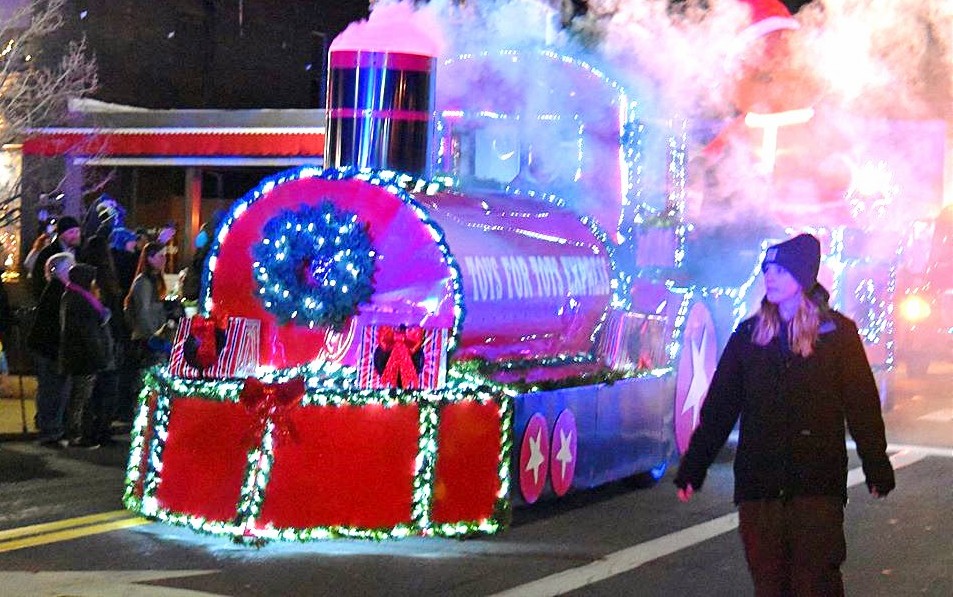SUNSHINE FARM, W.Va. — When it became my turn to present my current story proposal at our regular editorial board meeting, my pitch was resoundingly well received. Half of the editorial board had no idea that there was a geranium native to the U.S., and the other half couldn’t praise this plant highly enough.
Just about everyone is familiar with the houseplant called “geranium” and knows that it hails from South Africa, but they are dumbfounded when I explain to them that the name geranium for that particular plant is somewhat errantly applied.
I say “somewhat” because, although that plant is in the Geraniaceae (geranium) family, it is in the genus Pelargonium. So, I regret to tell you that all of those wonderful, bright red geraniums that your grandmother had on her windowsills and the deliciously fragrant scented geraniums that we have come to love over the years, like the lemon-scented, chocolate-scented, peppermint-scented, et al., geraniums are really not geraniums at all. They are correctly called pelargoniums.
Now that we’ve drifted so far off course—a sometimes delightful and educational-yet-unpredictable function of my persistent ADHD—let’s get to the point of the article, the fantastic, native (drum roll, please) Geranium maculatum!
Here we have a bullet-proof native plant for the sunnier areas of your garden. And, it is not only an East Coast native, but it is also native to 34 eastern states in the U.S. and three provinces in Canada. In botanical nomenclature, the word "maculatum" refers to some form of spots, usually on the leaves of the plant, and although some light spotting shows itself once in a while on Geranium maculatum, it is uncommon. If I had been Linnaeus, I would have come up with a better specific epithet for this species.
Typically found in abundance on sunny road banks, this easy-to-grow perennial wildflower graces us with five-petaled, quarter-size blooms in various shades of violets, pinks, blues, and purples for several weeks in mid-summer. Plants are 12- to 24-inches tall, and there is also a rare white form.
Geranium, also known by its common name, “cranesbill,” is so named because the seed pods resemble the beak of a crane, and that’s where the name of the genus comes from as well as the Greek word for "cranesbill" is Geranos.
The seeds are food to several species of birds and other wildlife and are easy enough to germinate, but rhizome division is the quickest way to increase your colony of geraniums.
Geranium maculatum was used by many different tribes of Native Americans. They used it medicinally to treat diarrhea and various mouth ailments. Powdered preparations were used to treat open sores or wounds. It was also used in folk medicine to stop abnormal bleeding, including bleeding related to menstruation and uterine problems. It may be applied topically to help treat hemorrhoids. It can also be used as an antiseptic and applied externally for issues involving pus, discharge, and many inflammations.
Oh yeah, about the title of this article—I’ve been asked so many times by so many folks, “Is there really a native geranium?, that I’ve just adopted the phrase, “Yes, Virginia, there is a native geranium!” and that phrase comes from a delightful, soulful reply to an eight-year-old girl’s letter to the editor of the New York Sun in 1897 by Francis Pharcellus Church, the newspaper’s editor. You can read his reply: Yes, Virginia, there is a Santa Claus!
Barry Glick's mountaintop garden and nursery attract gardeners from every country in the world. He writes and lectures extensively about native plants and hellebores and welcomes visitors with advance notice. He can be reached at barry@sunfarm.com, Sunfarm.com, or 304-497-2208.
Native W.Va. garden plant may go unnoticed in the wild

A picture speaks a thousand words, and that’s a good thing because I have a lot to say about this plant that could best be said in pictures. And I’d be happy to hear that this article stimulated you enough to go hunting for Hydrophyllum virginianum in the wild this spring. A well-known plant among most native-plant nerds, why is it not on everyone's radar? READ THE FULL STORY HERE.
Sign up to receive a FREE copy of West Virginia Explorer Magazine in your email twice weekly. Sign me up!



